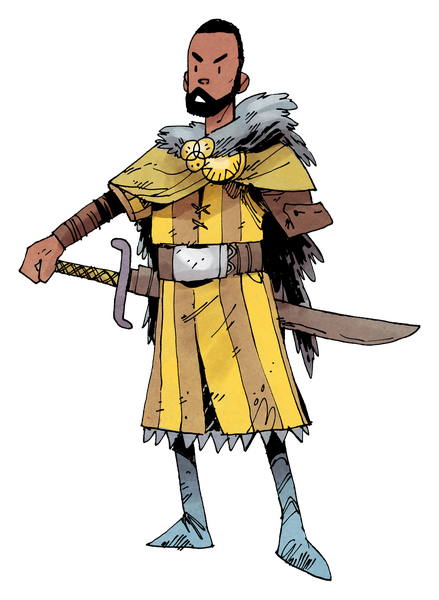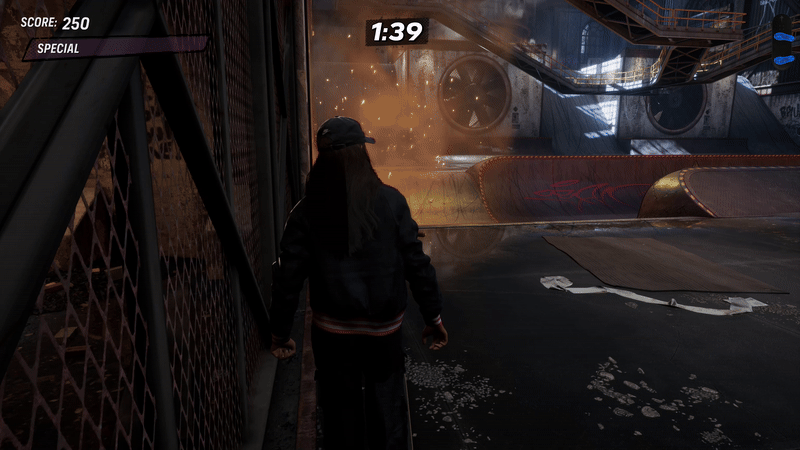Review copy provided by Leder Games
Vast: The Crystal Caverns released in 2016 as an innovate board game that elevated asymmetry to a whole new level. One to five players assume roles with individual powers, pieces, and paths to victory. Designed by Patrick Leder and David Somerville, it’s a complex game during which new players may balk at the stiff complexity, but with which returning players familiar with the roles can derive much joy from the tense play. With two base games and two expansions, Vast could now be considered a series, and it’s the second board game that we’ll be examining.
In Vast: The Mysterious Manor, the setting has shifted from a cavern to a manor, but the structure remains the same. Play as the Paladin, the Spider, the Skeletons, the Warlock, or the Manor. Your choice will dictate your journey in the game as each role is either diametrically opposed to or indirectly in conflict with the other characters. In this tile-laying, dungeon-crawling adventure, the narrative belongs to the players.
STORY
Each role in Vast: The Mysterious Manor has a unique backstory and a purpose in the adventure. The Paladin is seeking atonement from the gods. He must vanquish the evil Spider that dwells in the manor. The Spider, a shapeshifter with three distinct forms, must instill terror within the manor before escaping the dangerous dwelling. Skeletons, which act as guardians of the structure, must strike down the meddlesome Paladin. A Warlock, who has no designs upon any of the other combative forces in the manor, must cast spells to dominate the poltergeists that lurk in the building and the treasures that remain. The Manor itself even has a role. It must direct the Wraith—a manifestation on this plane of existence—to complete rituals that will seal all within its wicked walls.
The beginning of the story is always the same, but, depending on the number of players and the roles chosen, the conclusion will differ. Who will triumph in The Mysterious Manor?
GAMEPLAY
Play consists of rounds that rotates between the players and is determined by the role selected. The Paladin goes first, then the Skeletons, the Spider, the Manor, and finally the Warlock. These turns will continue until a player achieves their win conditions.
While the visual design and tile-laying mechanic of Vast: The Mysterious Manor may suggest a more simplistic experience akin to Betrayal at House on the Hill or the Forbidden games, don’t be deceived. The asymmetry differentiates The Mysterious Manor from most other board games and increases the depth and strategic density.
None of the roles play alike. Each character has their own play mat, abilities, and turn restrictions. As well as their own rules that define gameplay. The rulebook includes lengthy sections that describe the freedoms and limitations of the Paladin, Spider, Skeletons, Manor, and Warlock. Each player card also includes explanations of the other roles and how they might interact with the player’s character. Given the frequency with which players might reference the rules specific to their character, it would have been advantageous for the game to include booklets for each role, but Vast: The Mysterious Manor does an admirable job of addressing the complex interplay between the five characters.
With a solo campaign, there is even the chance to campaign as the Paladin if you can’t scrounge together enough players for a game. And the expansion The Haunted Hallways introduces two additional roles, The Armored Knight and The Shadow Paladin, that can replace the Paladin and the Spider in regular play. Additionally, The Mysterious Manor and its expansion can be used with The Crystal Caverns and its expansion. Which means that there are so many variable gameplay opportunities and players can spend hours without encountering similar experiences in the tabletop adventure.
The Paladin is a more traditional dungeon-crawling role where the player must coordinate limited moves with an aggressive stance toward the roaming and fast-moving Spider. All roles will challenge the player, but the Paladin may feel more comfortable if the playstyles of the other characters register as too opaque.
The Spider shifts between three playmats that dictate the shape of the creature. Human changeling, giant arachnid, or small spiderlings. Each shape has its own advantages and drawbacks. Alternating between them can help you increase terror in the mansion and further your sinister goals. Manipulating the use of power cards is essential for her victory. Evasion and strategy are key.
The Skeletons are the most populous enemy in the game. Coordinating multiple figures to make calculated attacks on the Paladin will help to ensure the win. While aggressive like the Paladin, the Skeletons play completely different. Players will have to rely on different tactics to successfully navigate the playstyle of the undead.
The Manor is a spatial game. The Wraith must complete rituals, which require uninhibited movement through tiles. Swapping tiles, reorienting them, summoning poltergeists. All of this will interfere with the movement of other roles and prepare the space for future rituals. A player controlling the Wraith can feel distant from the other roles. There are no combative encounters between the Manor and the other roles, but the manipulation of the building’s layout can have lasting effects.
The Warlock has a playstyle similar to the Spider, but his goals are unlike any other. He seeks treasure and poltergeists in the manor. But, again, the decisions a player will make as the Warlock can affect the progress of other players.
Vast: The Mysterious Manor is a difficult game that might alienate the group at first. The asymmetry means there are a lot of rules that players must learn. Each role will influence the events of a particular game in different ways. Multiple games will be necessary before players understand the nuances of each role and how to advance their own agenda while limiting the progress of their opponents. With repeated attempts, though, the asymmetry of the game will really reward the group with possibilities that reinforce the value of the diverse gameplay and dense rules.
VISUALS
The cartoon appearance of the game is inviting and it alleviates some of the heaviness that players may feel when reading through the rules and digesting the convoluted nature of the distinct roles. The expansion, The Haunted Hallways, includes miniatures that help to replace the cardboard tokens and figures of The Mysterious Manor, which means that with both games you can play almost all of the adventure with plastic miniatures. The miniatures are detailed enough to justify the extra cost, and they elevate the gameplay experience.
The play mats for the different roles are thick and sturdy. The rulebook is well-designed and helps to explain the intricacies of the game by providing example turns and rounds for the different roles. Leder Games makes a strong effort to ease the burden of play for any prospective gamers.
One disappointing element, though, was the box. There are so many cardboard components and no place to put them. The miniatures snap into the plastic insert, and the cards have slots, but the dozens of tokens and board tiles just sit on top of the insert in a messy pile. I had to divide them all up into plastic bags to organize the game. Without some intentional effort to separate the pieces, the initial setup for each game will be time-consuming.
REPLAYABILITY
You can play this game a lot. Asymmetric roles. Compatibility with the other Vast games. A single-player campaign. It’s got a lot to offer if you stick with it and learn the roles. Each game will be different.
WHAT IT COULD HAVE DONE BETTER
Vast: The Mysterious Manor is a hard game. It will take multiple times before players start to feel comfortable. That slow start will likely prevent many gamers from giving it a chance. The learning curve is a little high compared to many other tabletop adventures. Ways to reduce any aversion to continued play would be—separate rulebooks for each role and efficient organization for the game components to speed the setup.
VERDICT
The drastic asymmetric play of Vast: The Mysterious Manor distinguishes the board game from other tabletop experiences. However, the density of roles and rules, as well as the need for repeated playthroughs before one can grasp the strategy, will deter many players. If you’re looking for an adventure with a ton of replay and truly exciting gameplay, though, give the game a chance and see it through. It will reward you in the end.
























